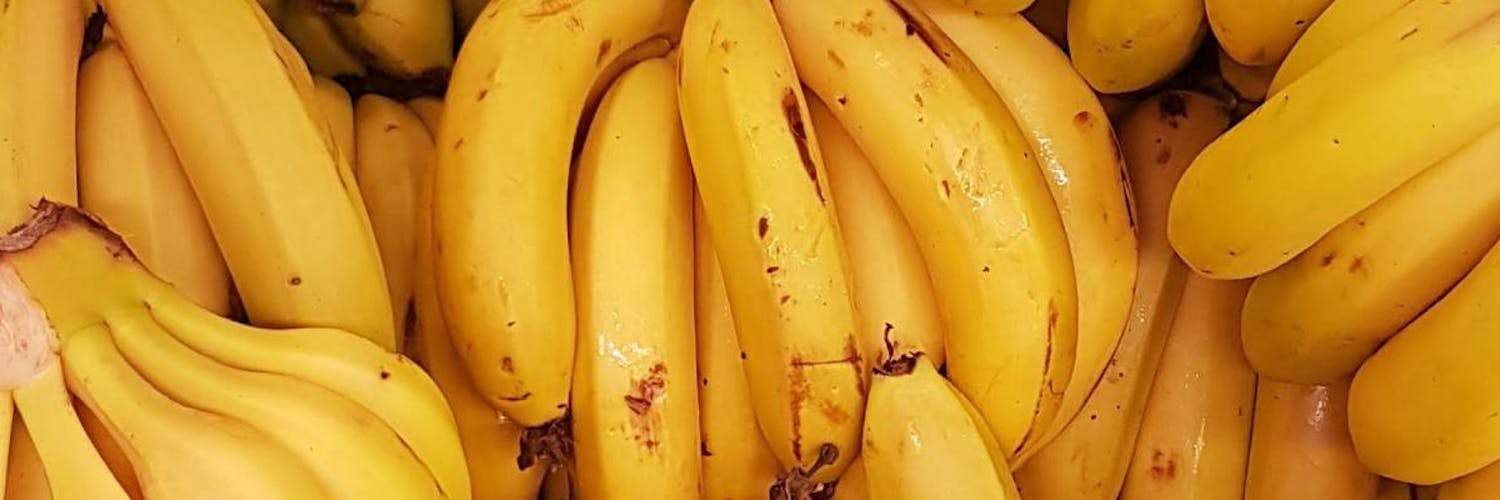How to make homemade fertilizers
did you know that you can share your morning coffee with your plants? From time to time it is essential to add some fertiliser to the substrate of our plants, especially when they are in pots, to supplement the amount of nutrients available

Did you know that you can share your morning coffee with your plants? From time to time it is essential to add some fertilizer to the substrate of our plants, especially when it is in pots, to complement the amount of nutrients available; This improves the fertility and life of the plant. Although you can buy some organic fertilizer (in our store, in the accessories section you can find them), it is possible to recycle some organic waste left at home to make homemade fertilizers.
Commercial
fertilizersand fertilizers have their charm, they are quite effective and practical; however, they are of delicate use, being very concentrated they can affect the nutritional balance of the substrate if they are not used correctly. On the other hand, they can pollute if they are made with artificial components and many contribute to excessive acidification of soils. For this reason, even if you buy ready-to-use fertilizers, they should be organic.
Homemade organic fertilizers are great because:
- You reduce the amount of waste, as you can use a few to feed your plants.
- Being made of recycled materials, they are cheaper and kinder to the environment.
- It doesn't dramatically alter the chemical balance of the substrate, so it won't damage your plant
- Provides a range of nutrients in a gentle and natural way to your plants
- Many also work as natural repellents against certain pests.
Homemade Fertilizer Recipes
Banana/Banana Fertilizer
Bananas are rich in potassium and their peel is brimming with this nutrient that your plant needs to photosynthesize effectively and to build resistance to pests. To make your banana fertilizer you must boil the peel of a couple of bananas for 15 minutes.
Let it cool and water your plant with this infusion.
Eggshells
are rich in calcium carbonate and other minerals, and can also serve as an insect repellent against snails and caterpillars. Rinse and let the eggshells dry. Then crush them using a mortar and pestle or food processor.
Add the powder around the base of the plants to use as an insecticide and mix it into the substrate to work as a fertilizer.
If you have a
fireplace or if you have made a barbecue with wood, you can use the remaining ash as fertilizer; they contain large amounts of potassium and calcium, and repel ants and other insects.
To use it as fertilizer you just have to take a handful of ash and dissolve it in water. Water your plant or spread it on the ground.
Fertilizer with
coffee groundsDo not throw away the coffee grounds that are left over each morning, as it can serve as fertilizer for your plants. Coffee is great for acidophilic plants (gardenia, camellias, hydrangeas, fuchsias, azalea, rhododendrons, anthuriums, ferns, begonias, cyclamen, dahlias, among others) because it alters the pH of the soil slightly to favor its development, in addition to containing nitrogen and essential minerals.
On top of that, earthworms like it (which are wonderful for your plant) and ward off certain pests.
To make a compost with coffee grounds, you need to let it dry after brewing your coffee. You can put it on a tray spread out near a window. This dry coffee will then be mixed with the substrate of your plant, in a ratio of 10% or less. Remember that you should use it in minimal amounts, because you can greatly alter the pH of the substrate.
You can also make liquid fertilizer by mixing coffee with water (in small amounts) and letting it steep overnight. You can then water the plant with the mixture. If you have some coffee left in the coffee maker and you have one of these acidophilic plants, you can apply it directly, diluting it very well with water.
When
you wash and rinse rice before cooking, don't throw away any whitish water that remains. Use it to water your plants on a regular basis.
This water has micronutrients that can be absorbed by the roots. I use it with my succulents and it keeps them gorgeous, they grow very fast and very healthy.
Apple
cider vinegar fertilizer is spectacular for acidophilic plants. To prepare it, dissolve one teaspoon per liter of water and water your plant with this mixture.
This should be done once every 2 or 3 months, overdoing it can have the opposite effect and affect your plant.
Fertilizer should be applied seasonally, respecting the life cycles of the plant. If you have bought in our online store, you surely have a file with the summary of the care of your plant and the recommendations for fertilizer. You can also check out our care section.
However, homemade fertilizers tend to be very gentle on plants, so you can apply them a little more freely. I'm sure your plants will thank you and get even more beautiful.

